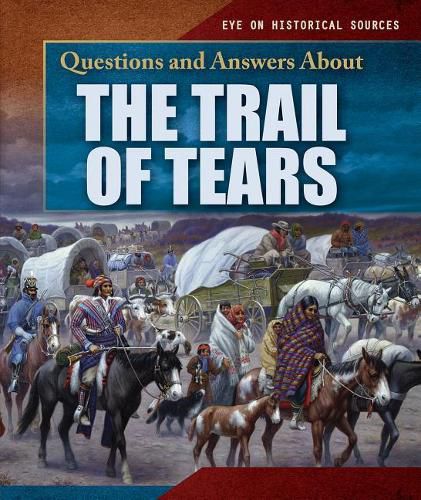Readings Newsletter
Become a Readings Member to make your shopping experience even easier.
Sign in or sign up for free!
You’re not far away from qualifying for FREE standard shipping within Australia
You’ve qualified for FREE standard shipping within Australia
The cart is loading…






The Trail of Tears marked the systematic segregation of indigenous people from white Americans. Starting in 1816, several indigenous nations were forced to give up their lands in the southeastern region of the United States for new lands west of the Mississippi. Historians estimate that more than 100,000 people were relocated between 1830 and 1850. The physical Trail of Tears spans more than 5,045 miles and has been designated a National Historic Trail. This volume is filled with primary sources that illustrate just how much these groups of indigenous people suffered after they were forced to leave their homes. Readers will have a chance to delve into primary sources from that time, such as news articles, cartoons, paintings, and books that chronicle the forced migration of these indigenous peoples. By questioning the validity and accuracy of these documents, readers will strengthen their understanding of what qualifies as a primary source.
$9.00 standard shipping within Australia
FREE standard shipping within Australia for orders over $100.00
Express & International shipping calculated at checkout
The Trail of Tears marked the systematic segregation of indigenous people from white Americans. Starting in 1816, several indigenous nations were forced to give up their lands in the southeastern region of the United States for new lands west of the Mississippi. Historians estimate that more than 100,000 people were relocated between 1830 and 1850. The physical Trail of Tears spans more than 5,045 miles and has been designated a National Historic Trail. This volume is filled with primary sources that illustrate just how much these groups of indigenous people suffered after they were forced to leave their homes. Readers will have a chance to delve into primary sources from that time, such as news articles, cartoons, paintings, and books that chronicle the forced migration of these indigenous peoples. By questioning the validity and accuracy of these documents, readers will strengthen their understanding of what qualifies as a primary source.